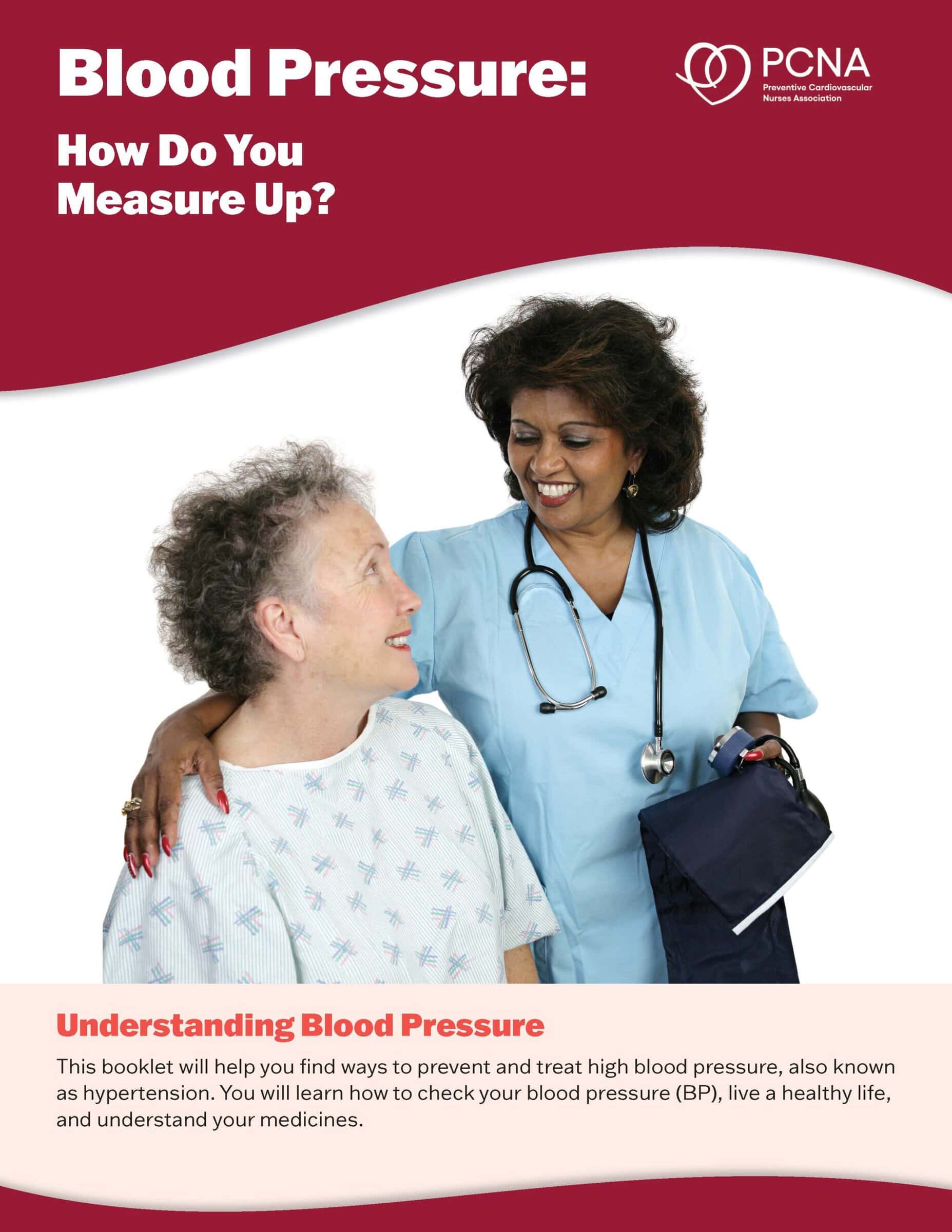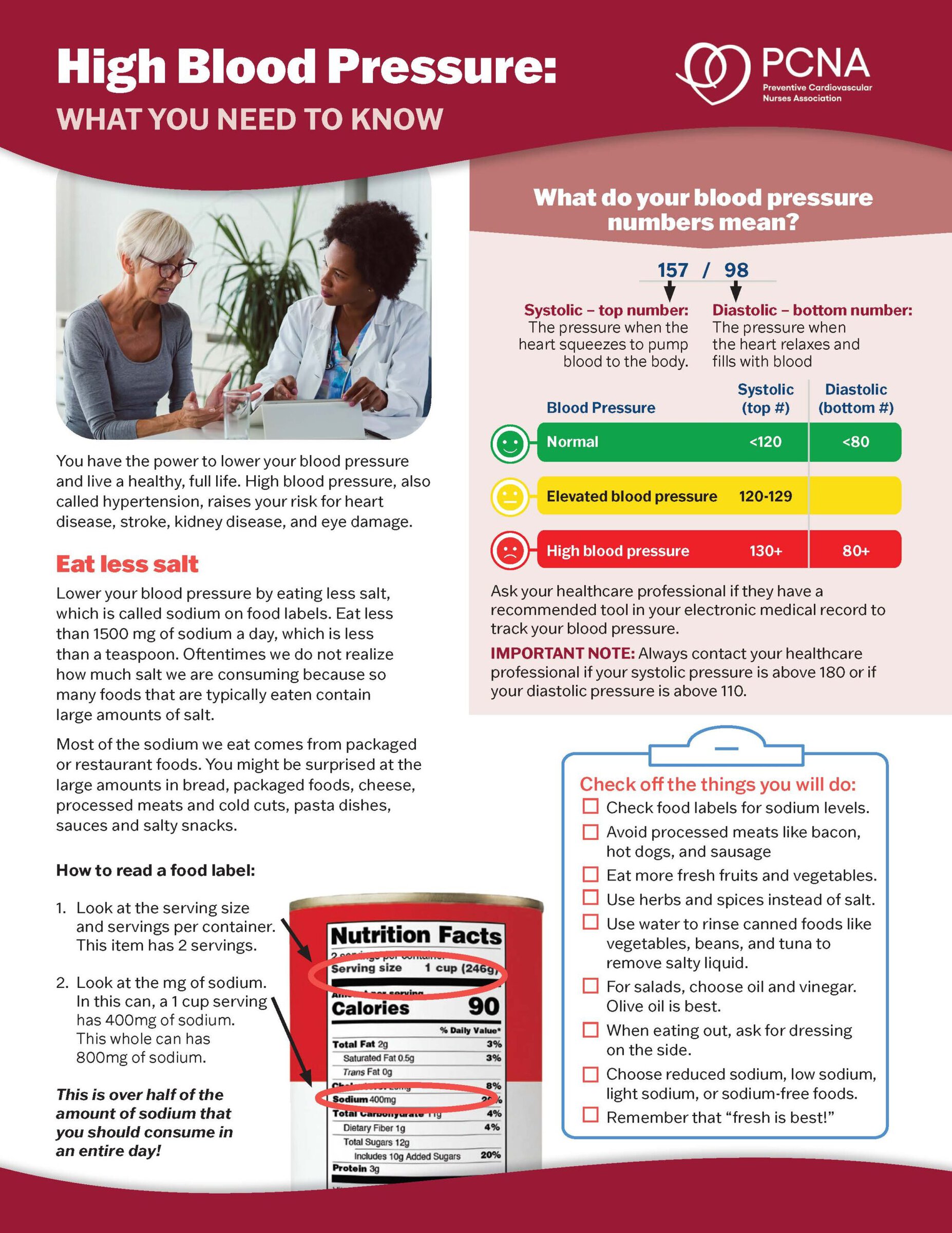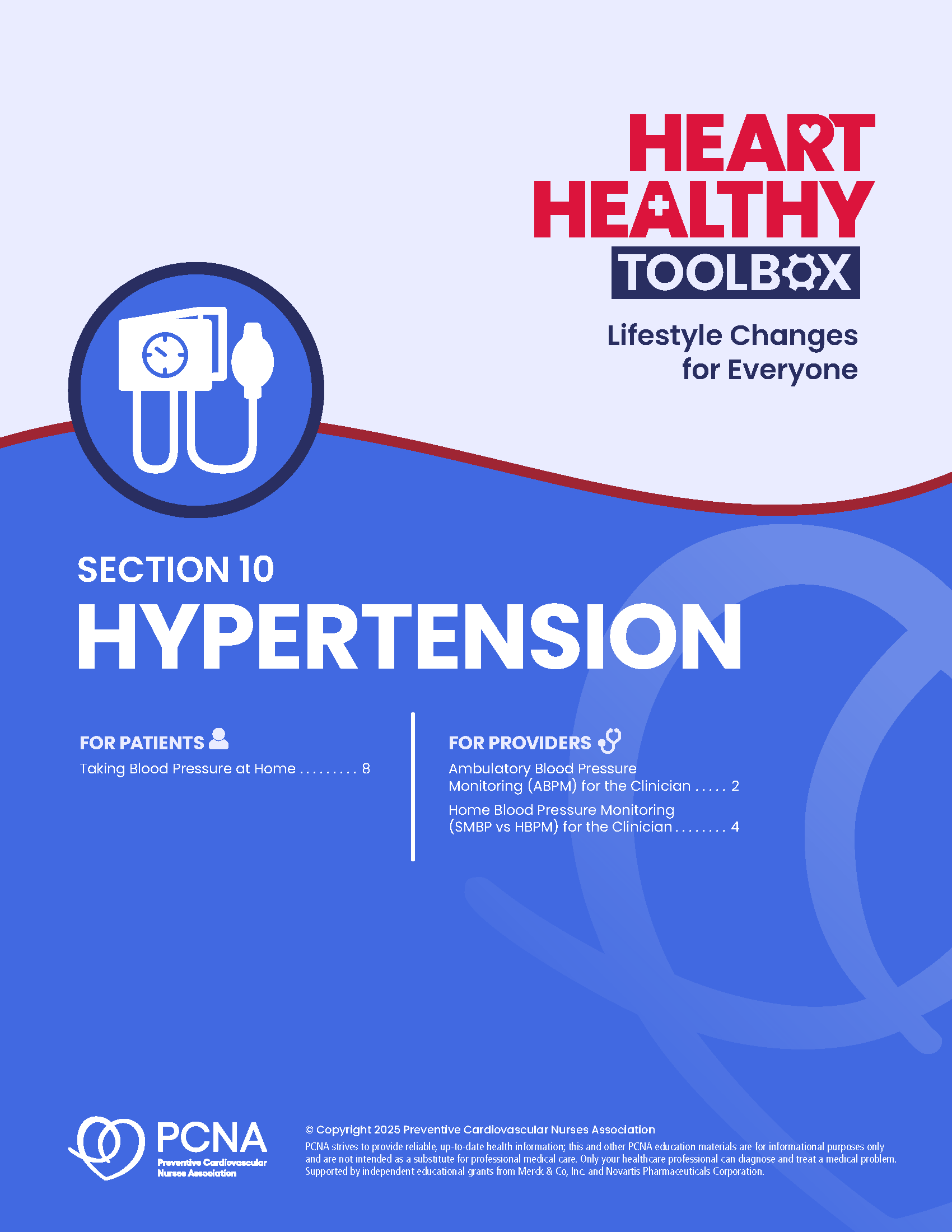Hypertension affects nearly 1.3 billion individuals globally and is a leading risk factor for death. Because it is typically asymptomatic, it is often termed the ‘silent killer’, and less than one-half of adults who have it are diagnosed and treated. The updated guidelines for hypertension were released in mid-August 2025.
10 Key Takeaways 2,3
- Hypertension is the most prevalent—and modifiable—risk factor for CVD, including stroke, CAD, Heart Failure, AFib, and Chronic Kidney Disease. The link to cognitive decline and dementia are given greater weight, with recommendations to intervene even in milder cases of HTN.
- Anyone can develop hypertension. Regular blood pressure screenings are important at every age and are encouraged in both clinical and community settings.
- Team-based care helps in early identification and effective management of hypertension.
- The overarching goal is <130/80 mmHg for all adults. There may be additional considerations for those who are pregnant or have other factors. *Symptoms: chest pain, shortness of breath, back pain, numbness, weakness, change in vision, difficulty speaking
Blood Pressure Category Systolic mmHg Diastolic mmHg Normal <120 and <80 Elevated 120-129 and <80 Stage 1 Hypertension 130-139 or 80-89 Stage 2 Hypertension ≥140 or ≥90 Severe Hypertension (call health care provider if there are no symptoms*) >180 and/or >120 Hypertensive Emergency (call 911 if any symptoms * are present) >180 and/or >120 - Hypertension can develop during or after pregnancy, including preeclampsia. There are new pregnancy-related blood pressure categories. *Call 911 with these symptoms, regardless of readings: severe headache, change in vision, abdominal pain, chest pain, significant swelling, shortness of breath
Pregnancy Blood Pressure Category Systolic mmHg Diastolic mmHg Non-hypertensive <140 and <90 Hypertension in Pregnancy* ≥140 or ≥90 Severe Hypertension* (call health care provider immediately with these readings, regardless of symptoms) ≥160 or ≥110 - Accurate readings are the basis for ensuring proper diagnosis and management of hypertension. Health care team members should use an electronic blood pressure cuff and ensure that their patient is:
- Sitting in a chair, back supported and both feet flat on the ground.
- Arm extended and supported at heart level
- Staying quiet and still
- Home blood pressure monitoring is an effective complement to blood pressure readings by health care team members to improve hypertension control. Until greater precision and reliability are attained, cuffless devices, including smartwatches, should not be considered accurate in measuring blood pressure.
- Lifestyle modifications are the first line of defense for all adults in preventing or treating hypertension.
- Healthy Weight – For individuals with excess weight, losing 5% of body weight can lower, or prevent, high blood pressure.
- Heart-healthy eating patterns – Reduce sodium intake and increase dietary potassium intake
- Moderate physical activity
- Managing stress
- Reducing or eliminating alcohol intake
- Medications may be needed in addition to lifestyle changes.
Individual Recommendations All adults with average blood pressure ≥130/80 mmHg AND at a lower than 10-year CVD risk defined by PREVENT of < 7.5% If average blood pressure remains ≥130/80 mmHg after an initial 3- to 6-month trial of lifestyle modification, initiation of medication therapy to lower blood pressure is recommended All adults with Stage 2 Hypertension To improve adherence and reduce time to achieve blood pressure control, initiation of antihypertensive drug therapy with 2 first-line agents of different classes in a single-pill, fixed-dose combo is preferred over 2 separate pills. Severe Hypertension in non-pregnant individuals (>180/120 mmHg), without evidence of acute organ damage Evaluate and treat in an outpatient setting with initiation, reinstitution, or intensification of oral antihypertensive medications in a timely manner. - A new tool, PREVENT™ (Predicting Risk of cardiovascular disease EVENTs), estimates 10- and 30-year risk of CVD. The tool provides more guidance to patients and health care providers on how aggressive to be when starting or uptitrating medications.
Clinical Pearls for the 2025 Hypertension Guidelines
- No matter your role, you can help address the public health crisis of hypertension.
- Team-based attention to hypertension diagnosis and its management can lead to improved patient outcomes.
- Taking time for accurate BP measurement—whether in the clinic or home settings—can ensure that issues such as white coat hypertension can be identified and addressed.
- Hypertension can affect anyone, at any age, anytime. Regular screening with verified devices can help with early identification and effectiveness of ongoing treatment.
- Lifestyle modification continues to be a cornerstone of addressing heart-related issues such as hypertension. Use of nonjudgmental language, support through check-ins and education materials, and effective coaching strategies can aid patients in their efforts.
References
- World Health Organization. Hypertension. 16 March 2023. https://www.who.int/news-room/fact-sheets/detail/hypertension Accessed Sept. 2, 2025.
- Top 10 Things to Know About the New AHA/ACC High Blood Pressure Guideline. Aug. 14, 2025. Accessed Sept. 2, 2025.
- Fulati M, Moore MM, Cibotti-Sun M. 2025 High Blood Pressure Guideline-at-a-Glance. 2025. Accessed Sept. 2, 2025.
Published on
September 15, 2025

PhD, MPH, RN, CDCES, FAHA, FPCNA, FAAN
Related Resources









